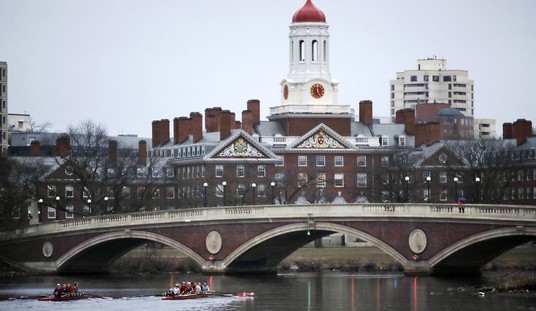IN THE ARCTIC CIRCLE -- North of Oslo, north of Longyearbyen, almost as north as North itself, the National Geographic Endeavor breaks pack ice in endless daylight through a gray-teal sea. The expedition has been cruising near Svalbard, a group of high arctic islands larger than Denmark -- in summer, a land of brown mountains streaked with snow-filled gullies, low clouds that blur distinctions of sky and land, and wide glaciers reaching the ocean in gashes of bright sky blue.
Ashore, this arctic desert is so harsh that natives wisely never settled here -- only men digging coal, trapping arctic fox and polar bear, and hunting whales were foolish enough to come. A forlorn whaling camp remains -- ruined cabins, a few shallow human graves in the permafrost (most washed away) and dozens of massive right whale skulls, still bleeding whale oil into the ground, feeding moss and low, pink flowers. Whalers searched for oil in blubber and bone to light their economy. Now the question arises: Is this last wilderness being changed by another kind of oil?
Stefan is a Swedish member of the crew who has sailed these waters for 24 years, after catching "polar fever" as a youth. When asked about the effects of warming he has witnessed, Stefan, who wanted only his first name to be used, displays a sailor's skepticism. Populations of walrus and polar bear, he believes, have been growing in strength, not declining. Ice conditions show "huge variation from one season to another," making it difficult to discern a pattern. But the local Hopen Island weather station records that the thickness of winter sea ice has shrunk by 16 inches since the 1960s. And "the glaciers," he says, "are retreating everywhere."
This desolate, grand, forgotten sea has suddenly come to the center of world attention for one reason: the pace of climate change is faster than expected. In the last 50 years as much as half of summer sea ice has gone missing. Another few decades could mean that ice disappears entirely. The absence of ice in water has little to do with raising sea levels; it is water stored on land in the Greenland and Antarctic ice sheets that could overfill the oceans like a brimming bathtub. But since ice acts as a kind of mirror, less ice means less reflected sunlight, which means that the arctic could heat at twice the rate of the rest of the world. And in the last five years, some of Greenland's glaciers have shown accelerated melting as well. (The Antarctic sheet seems more stable because it is more isolated from global weather patterns.)
Recommended
With this melting from ice sheets and glaciers -- and the natural expansion of warmer water -- the global sea level is rising about 3 millimeters a year, 75 percent more than the average of the last century. By 2100, some climate scientists predict an increase of a little less than half a meter; others predict considerably more. In normal circumstances, a rise in the sea level of a half-meter or meter might be manageable. But during a storm surge, it could be catastrophic in low-lying areas, turning once-in-a-century floods into regular occurrences.
Arctic warming is part of an increasingly compelling case for global warming -- or, more accurately, climate disruption that seems to come from warming. Around the world we see signs large and small: tree lines moving north, the bleaching of coral in tropical waters, changes in growing seasons, the growth in population of destructive pests such as the pine beetle, the drying of southern Africa, the Mediterranean and the U.S. Southwest.
Global climate, of course, has changed before. But climate conditions for the last 10,000 years have been relatively stable, to the great benefit of civilization. Current temperature increases point beyond that band of comfort and don't seem explainable by natural cycles. The one factor dramatically different from the past is the human production of greenhouse gases, particularly the concentration of carbon dioxide in the atmosphere, which is higher than at any time in the last 800,000 years.
The challenge of replacing carbon in our economy is massive -- and many incompletely known factors, from ice dynamics to the flow of ocean currents, determine its urgency. Answers will require a politically difficult task: acting with uncertain risk.
But as I stand near the top of the world on a desolate shore with whale skulls and ruins, the crude oil economy appears about as primitive and destructive as the whale oil economy now seems.






















Join the conversation as a VIP Member